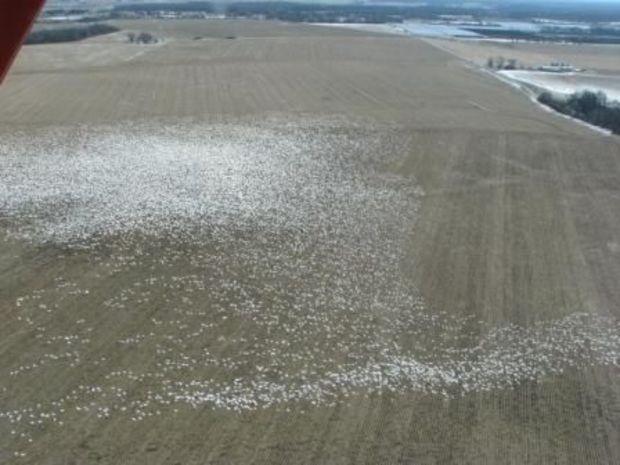 No, we're not celebrating the venerable catch phrase from the Family Feud game show, we're talking about the 2013 Midwinter Waterfowl Survey. From the Maryland Department of Natural Resources:
No, we're not celebrating the venerable catch phrase from the Family Feud game show, we're talking about the 2013 Midwinter Waterfowl Survey. From the Maryland Department of Natural Resources:
You can view the complete survey results by clicking here.Each winter, during the first weeks of January, pilots and biologists from the U.S. Fish and Wildlife Service and the Maryland Department of Natural Resources (DNR) count ducks, geese and swans along Maryland’s Chesapeake Bay shoreline and Atlantic coast. This year survey teams saw an overall increase in the total number of waterfowl compared to last year. Crews counted more Canada geese and snow geese but observed fewer ducks, compared to 2012.
The total number of ducks observed during the survey was 175,500, lower than the 230,600 counted in 2012. The dabbling duck count of 72,800 was below the 96,600 counted in 2012. Most of the decline in dabbling ducks can be attributed to fewer mallards being observed. The total number of diving ducks observed was 98,100, also lower than the 125,300 counted last winter. The scaup count was one of the lowest in recent history. Unseasonably mild winter weather during the weeks leading up to the survey resulted in a delay in the arrival of most diving ducks in the Bay, especially scaup. Canada geese (462,000) and snow geese (83,300) were noticeably more abundant during this year’s survey compared to 2012. Improved gosling production in 2012 contributed to higher goose numbers, combined with snow cover in New York and southern Canada that encouraged geese to migrate further south into the Bay region in late December. The survey was conducted the week of January 6, 2013 throughout the Atlantic Flyway and is used as an index of long-term wintering waterfowl trends, especially for brant and tundra swans. The Atlantic Flyway is a bird migration route that generally follows the Atlantic Coast of North America and the Appalachian Mountains. In Maryland, the survey is conducted by four aerial survey teams that make visual estimates of wintering waterfowl that are observed in coastal and tidewater habitats of the Chesapeake Bay and its tributaries.